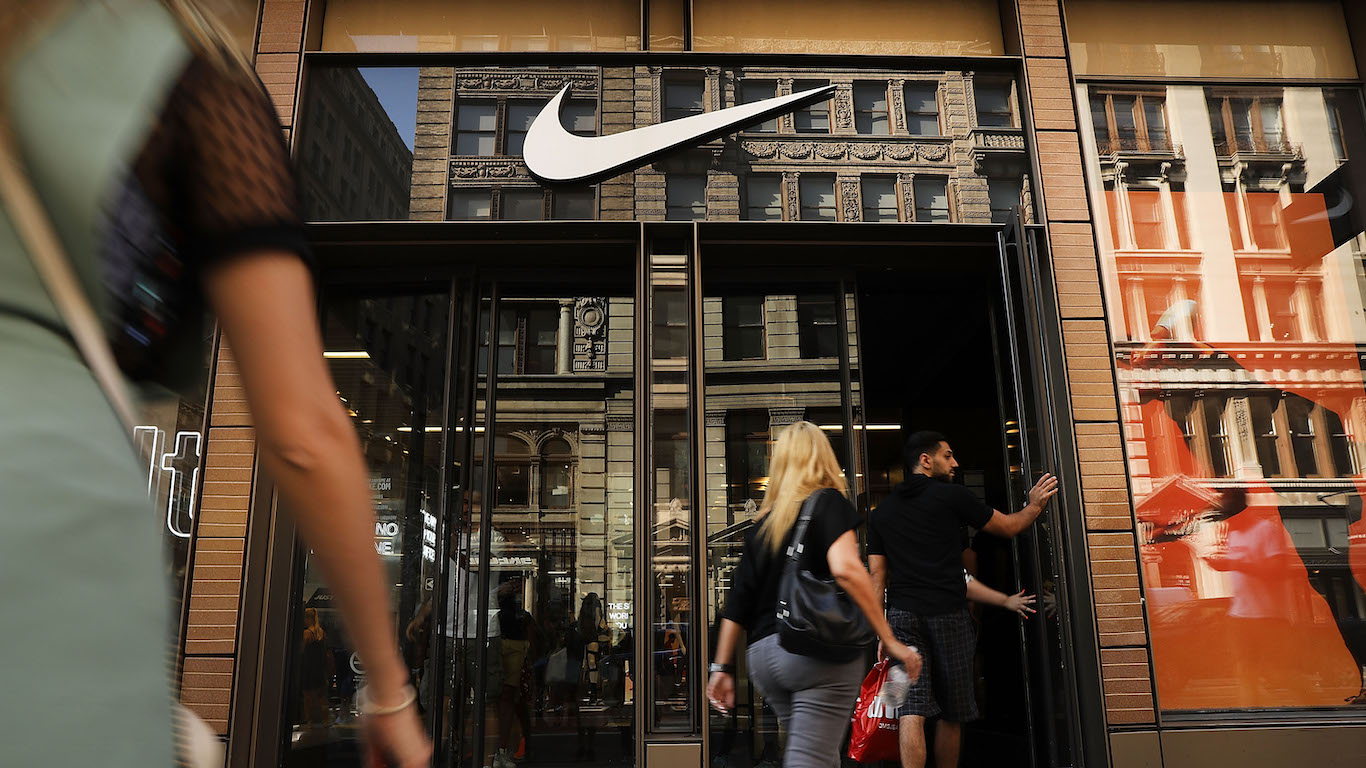
According to Coindesk data, bitcoin closed at high of $16,661.63 last Sunday and traded at $12,913.42 Friday morning, a dip of 34% in just five days. Of course the price nearly doubled in little more than two weeks from the end of November to last Sunday.
With an investment that volatile it’s hard to know when to sell and when to hold on for the ride. And that’s where the term HODL came from. In 2013 when bitcoin touched $1,000 briefly in December before dipping back to around $660, a bitcoin investor wrote “I AM HODLING” on the bitcointalk blog and a new word and a new group — HODLers — sprang into existence.
Whether HODL was deliberate or just a typo that struck people’s fancy (cf, “pwned”) the word and what it came to mean lives on.
At the Financial Times’ Alphaville blog, Izabella Kaminska elaborates:
HODL, however, is not a simple recasting of a buy-and-hold strategy. It’s much more than that. It is a cultic philosophy representing the greater strength of mind of the average bitcoin devotee compared to the flaky conventional day-trader. Nowhere is this strength of mind better represented (especially in the face of a spiteful bear attack) than in the meme culture that accompanies it.
See Alphaville for examples of the meme.
CME January futures traded down nearly 16% Friday morning at $12,850, after settling last night at $15,330 and opening for trading today at $15,595. Cboe February futures traded at $12,946.67, down 16% after opening at $15,720.
CME volume is about double is average volume of just 819 and open interest is about double yesterday’s total of around 215.
These exchanges need to get a lot more liquid before they are able to stave off waves of selling. And that won’t happen until the big traders move in. Goldman Sachs is reportedly preparing to opening a bitcoin trading desk, but rumored margin requirements north of 40% for long contracts and 100% for shorts may kill investors’ appetites for bitcoin.
Are You Still Paying With a Debit Card?
The average American spends $17,274 on debit cards a year, and it’s a HUGE mistake. First, debit cards don’t have the same fraud protections as credit cards. Once your money is gone, it’s gone. But more importantly you can actually get something back from this spending every time you swipe.
Issuers are handing out wild bonuses right now. With some you can earn up to 5% back on every purchase. That’s like getting a 5% discount on everything you buy!
Our top pick is kind of hard to imagine. Not only does it pay up to 5% back, it also includes a $200 cash back reward in the first six months, a 0% intro APR, and…. $0 annual fee. It’s quite literally free money for any one that uses a card regularly. Click here to learn more!
Flywheel Publishing has partnered with CardRatings to provide coverage of credit card products. Flywheel Publishing and CardRatings may receive a commission from card issuers.
Thank you for reading! Have some feedback for us?
Contact the 24/7 Wall St. editorial team.





